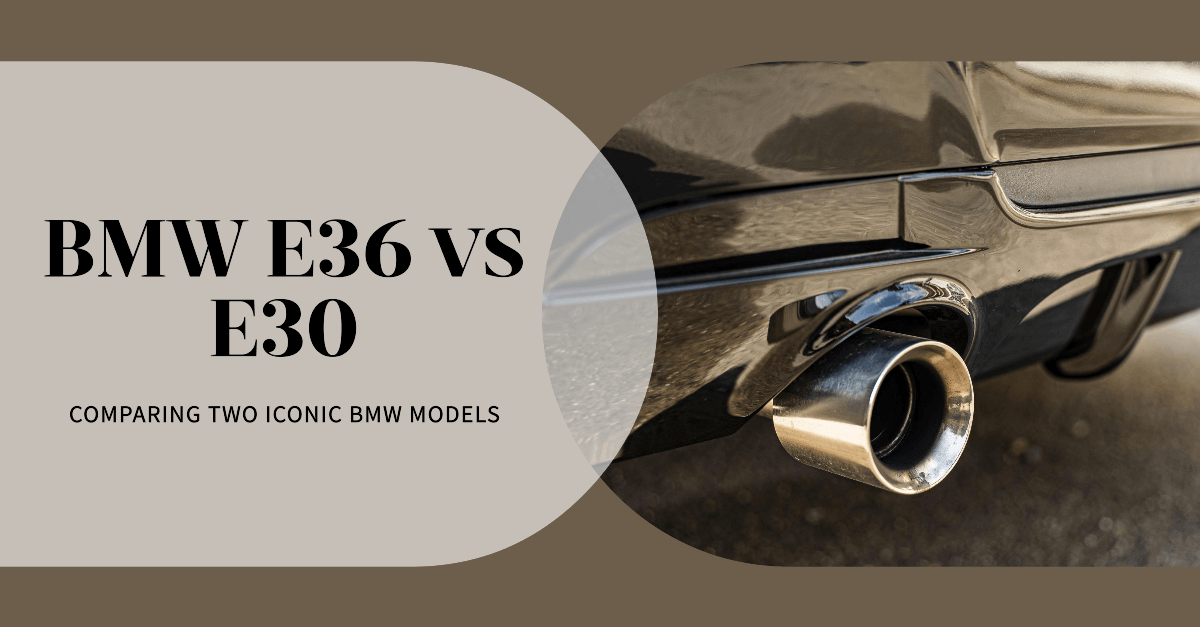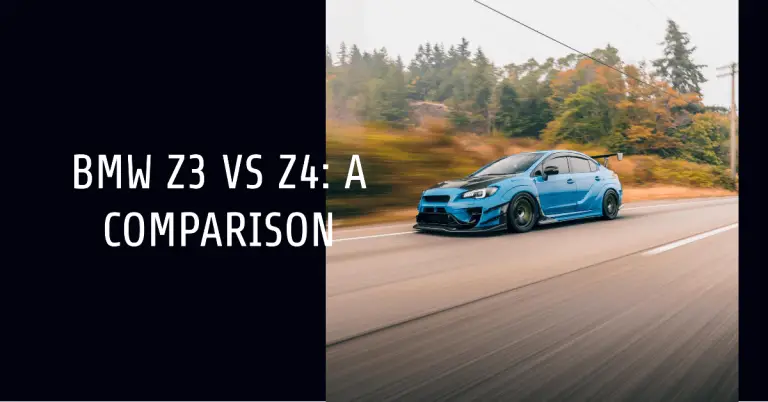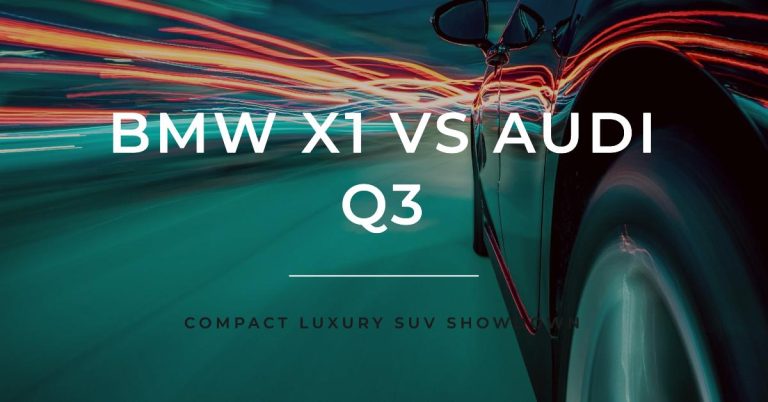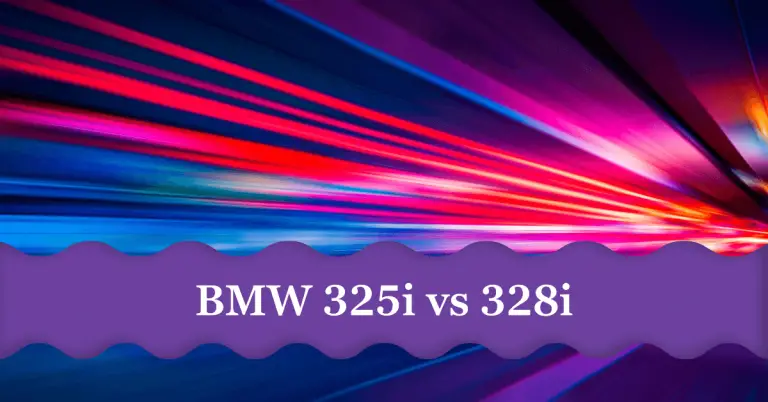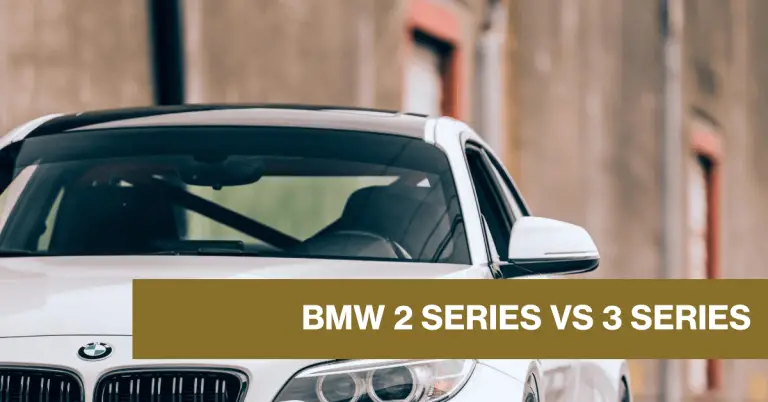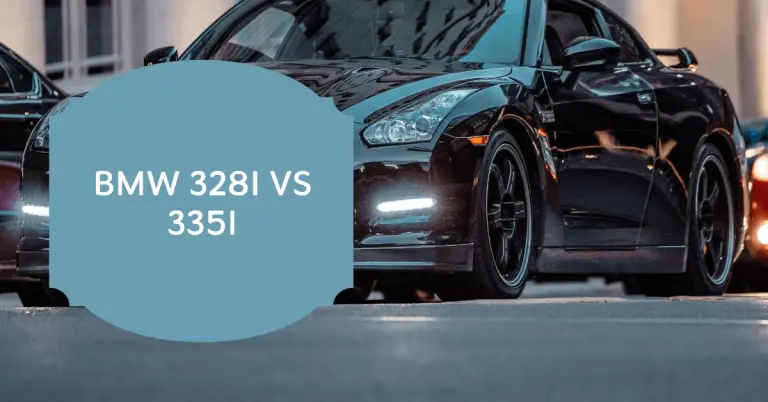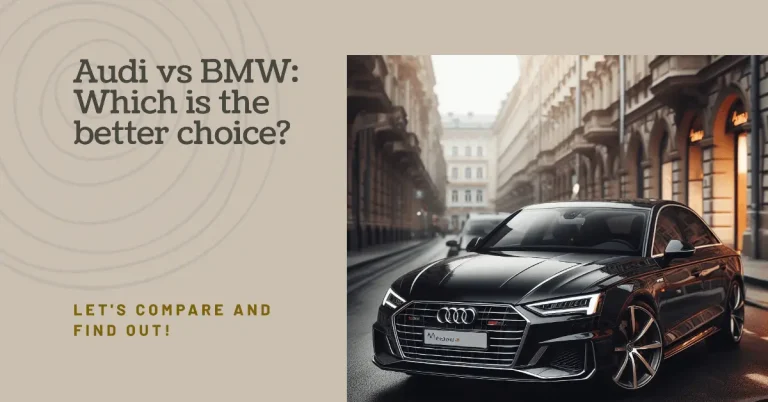Is the Classic BMW E30 or E36 the Better Budget Performance Car?
For BMW enthusiasts on a budget, two of the most popular options are the iconic E30 3 Series from the 1980s and the successor E36 that followed in the 1990s. But which of these affordable driver’s cars is the better choice today?
The E30 is a legend that still looks and drives great, but the newer E36 brought more power and improved technology. This in-depth comparison will look at performance, handling, features, aftermarket potential, availability, and cost to help you decide.
Driving Performance and Engine Options
When it first launched, the E30 delivered spirited performance from modest four and six-cylinder engines. Here’s a look at some of the most notable options:
- 316i: This introductory E30 model packed a 1.6L M10 four-cylinder producing 102 hp and 96 lb-ft torque coupled to a four-speed manual gearbox. Not quick by any means, but still fun to wring out.
- 325i: Sitting in the middle of the range was the 325i, motivated by a 2.5L M20 six-cylinder good for 168 hp and 164 lb-ft of torque. Respectable performance for the time from this smooth and revvy engine.
- M3: The legendary first M3 model deployed BMW’s fantastic S14 four-cylinder engine. With 2.3 liters of displacement, it churned out 192 hp and 170 lb-ft of torque in catalyzed U.S. trim, rocketing the lightweight E30 to 60 mph in just over 6 seconds.
- 325iS: Introduced in 1987, this model essentially slotted between the 325i and M3. Its higher-tuned 2.7L six provided 192 hp and 182 lb-ft of torque for brisk acceleration just a tick behind the M3.
When the E36 arrived, engine power and technology improved substantially:
- 318i: The base model’s new 1.8L M42 four-cylinder produced just 115 hp and 114 lb-ft. Lackluster performance made the 318i feel like a step backward from the 316i.
- 325i: Displacement bumped up to 2.5 liters in the new six-cylinder, rated at 189 hp and 181 lb-ft. Significantly torquier than the E30 325i, it provided great all-around performance.
- 328i: Introduced in 1995, the high-output 2.8L six packed a serious punch – 240 hp and 225 lb-ft transformed the 328i into a rocket compared to earlier 3 Series models.
- M3: The second generation M3 again upped the ante. Its 3.0L S50 six-cylinder revised to 240 hp and 225 lb-ft in U.S. trim – a match for the 328i and lower models.
Winner: E36 – While the E30 established the template for the 3 Series, the E36 models clearly moved the bar forward in terms of power and acceleration. And ironically, the base 318i is a downgrade from the 316i.
Handling and Driving Dynamics
Over its long production run, the E30 cemented itself as the quintessential “driver’s car” 3 Series. It was an agile, neutral handling machine right out of the box:
- Near-perfect 50/50 weight distribution struck a fantastic balance between agility and stability.
- The strut front and semi-trailing arm rear suspension provided sharp turn-in and excellent grip.
- Minimal electronic aids let drivers explore the limits of chassis dynamics with precision and control.
- Lightweight and compact by today’s standards at just over 2,600 lbs, the E30 was engaging to hustle along twisty roads.
As BMW’s bread-and-butter sedan evolved, many feared the E36 would lose the rear-drive magic in pursuit of refinement and luxury. But while it gained significant weight, the chassis brought meaningful improvements too:
- Extensive use of high-strength steel increased body rigidity over the E30.
- The stiffer structure allowed suspension refinements for better wheel control.
- Weight distribution remained ideal at 50/50 front/rear.
- Sophisticated Z-axle multi-link rear suspension further enhanced grip and poise.
In terms of pure agility and playfulness, the E30 still rules the roost. But considering how much larger and more powerful the E36 became, it retained the balanced feel and communication that make 3 Series so addicting to drive.
Winner: E30 – It set the gold standard for compact sports sedan handling that the E36 couldn’t quite match. But not by much.
Technology and Features
As you would expect from a car developed in the 1980s, the E30’s interior and features set no benchmarks even when new. Beyond the excellent driving experience, these cars were quite spartan:
- Interior plastics, buttons, and upholstery all look quite dated today. It’s certainly behind the times.
- Base models lacked power windows, locks, or mirrors. Even air conditioning was optional.
- No airbags even on later examples. ABS brakes and stability control unheard of.
- Basic AM/FM stereo with cassette deck. No navigation, Bluetooth, or trip computers.
- Cruise control and sunroof optional. Manual climate and steering standard.
- Poor noise insulation and minimal sound deadening materials.
In contrast, the E36 represented a big leap in technology and livability:
- More stylish and modern-looking dashboard design and materials for the period.
- Power windows, locks, mirrors, and air conditioning standard across the board.
- Dual front airbags introduced, along with ABS brakes and stability control on later cars.
- Improved noise insulation and climate control for more comfortable road trips.
- Upgraded stereo and optional cassette/CD changers. Retained simple layout without Navigation.
- Available conveniences like cruise, sunroof, power seats, and automatic climate control.
- OBD-II diagnostics and sophisticated BMW on-board computer with trip data.
Winner: E36 – No contest here. The E36 brought the 3 Series thoroughly into the 1990s with far more amenities and features.
Aftermarket Potential
One area where the E30 remains hard to beat is the enormous selection of aftermarket and upgrade parts available:
- Having been produced for so long, a huge array of performance parts exist from suspension and brakes to intake and exhaust.
- Plentiful lightweight body panels and wide fender flares to customize the exterior.
- Engine swap options run the gamut from higher-output BMW mills to JDM imports and even V8s.
- Strong enthusiast following pushes the limits of E30 tuning – capable of big power if you’re willing to spend.
As the newer model, aftermarket support for the E36 is still catching up:
- Less variety in the catalog so far but growing with time.
- Chassis stiffening and suspension braces available from the likes of Dinan.
- Intakes, exhausts, and tunes on offer for power gains.
- Still lighter on options for extensive exterior and engine conversions.
- Higher original performance leaves less room before running into chassis limits.
Winner: E30 – Given decades of modification, the possibilities are almost endless compared to the still developing aftermarket for the E36.
Availability and Cost
With the E30 ending production in 1991 and the E36 running until 1999, there’s a big difference today in availability and cost:
- Excellent examples of the E30 are getting quite rare to find at this point.
- Many have fallen victim to neglect, abuse, rust, or modifications.
- Low supply coupled with strong demand has driven E30 prices up over the years.
- Expect to pay a premium for the cleanest survivors – especially the M3 and 325iS.
Meanwhile, the E36 enjoyed a far longer run and remains easy to find today:
- With a larger pool to draw from, condition and ownership vary widely.
- Colors and equipment levels are plentiful if you’re not set on a specific combo.
- The 318i can still be found for around $5,000, with nice examples from $8,000.
- 325i in good shape around $10-15,000, M3 closer to $20,000.
Winner: E36 – You’ll pay a hefty premium for an excellent E30 compared to a similar E36. Value alone favors the newer 3 Series.
Verdict: E36 Edges Ahead as the Budget BMW Performance Choice
The E30 will forever occupy a special place in BMW history for establishing the sports sedan formula that made the brand famous. As the older, lighter, and rawer machine, it delivers an unforgettable driving experience in a charming retro package.
But as a bargain budget buy today, the newer E36 brings more power, technology and comfort to the table while retaining the vaunted 3 Series driving dynamics. Parts and community support continue to grow too. With lower acquisition cost and more accessible performance, the E36 is the smart way to get classic BMW thrills on a budget.
Summary of Key Differences
E30
- Lighter, more agile, and tossable
- Masterpiece analog driving feel
- Iconic ’80s styling still looks great
- Huge array of aftermarket parts
- Low supply has caused prices to climb
E36
- More powerful and comfortable
- Retained excellent driving dynamics
- Improved chassis and suspension
- Added luxury and safety technology
- Still found easily and reasonably priced
So while the E30 holds up amazingly well, the E36 is the best value today for budget-minded BMW fans. Unleash your inner hooligan without breaking the bank!

